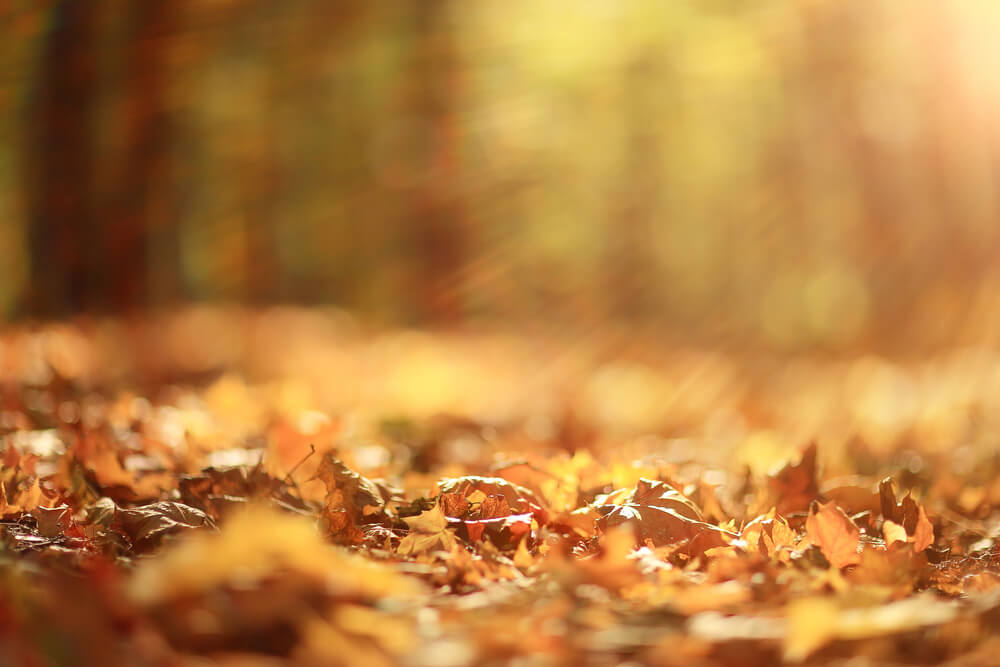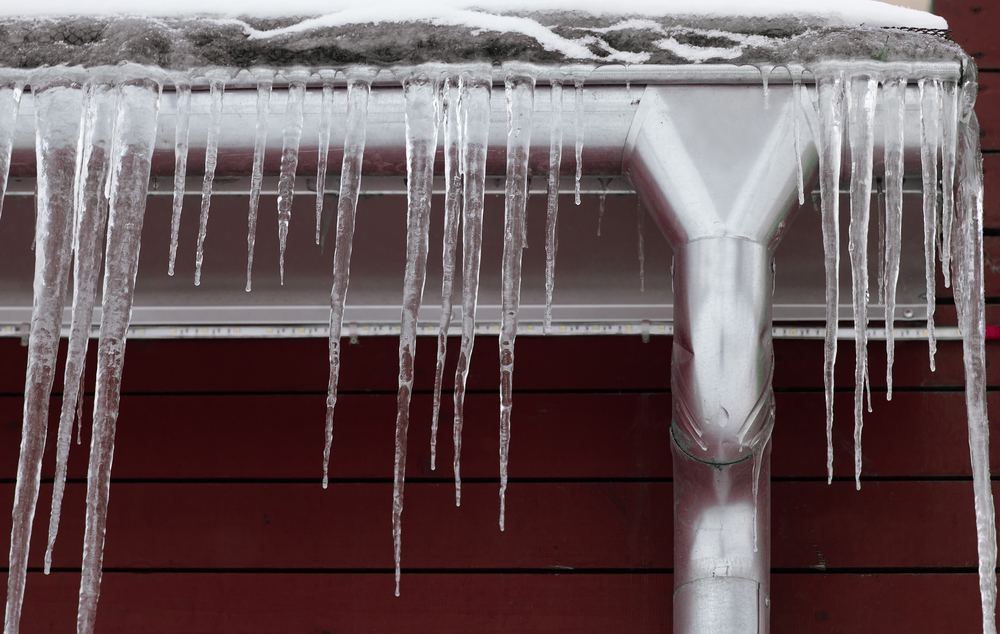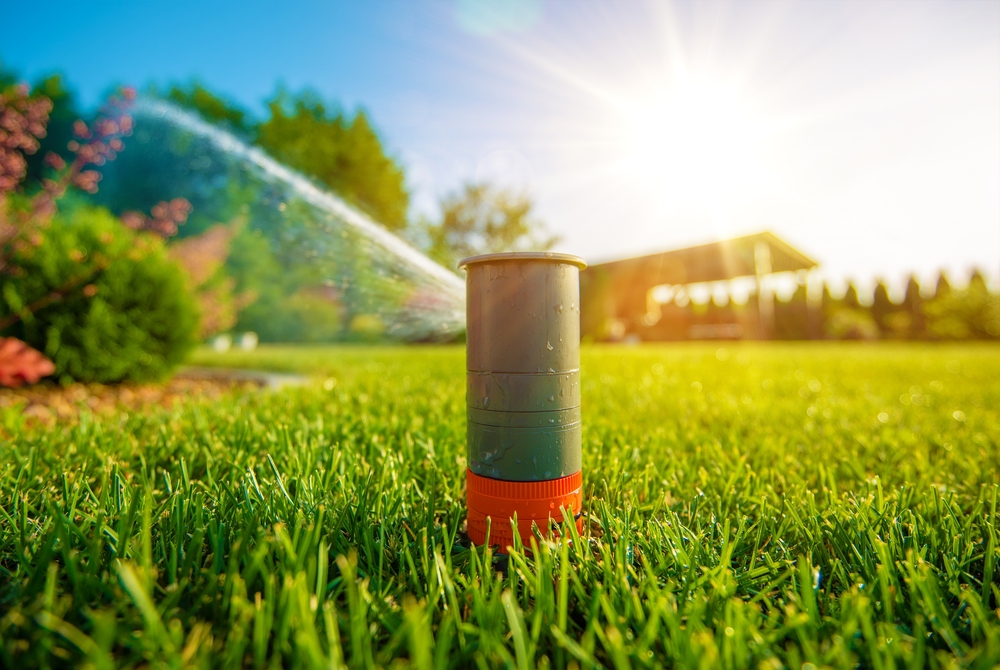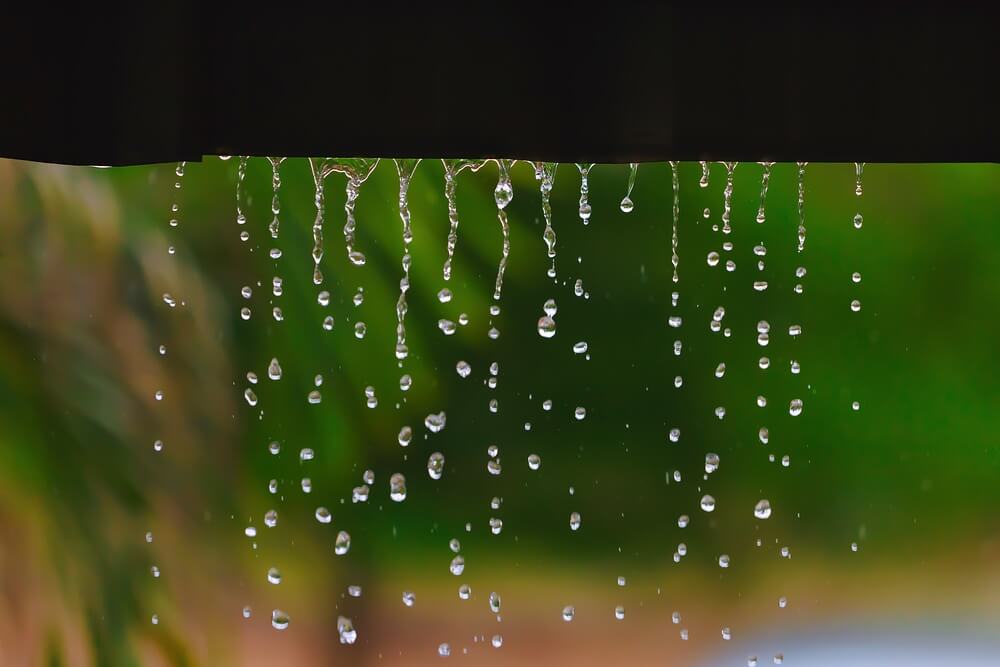7 Landscaping Tips to Prep Your Rental Housing for Spring
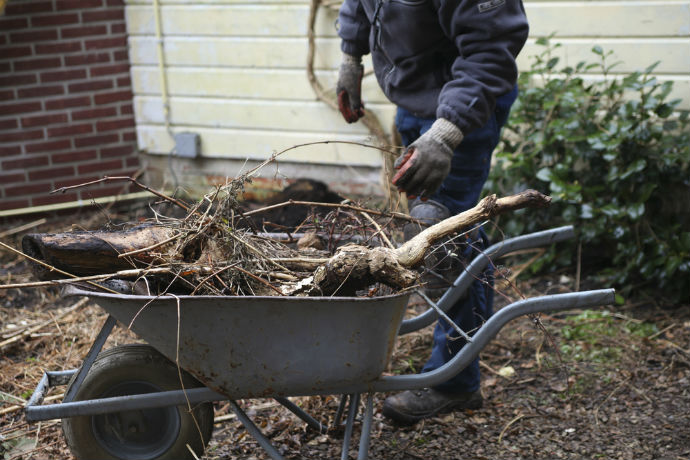
With blizzards, cold fronts, and polar vortexes headlining the news, the last thing on the minds of property owners may be getting out that green thumb. But now is the time for the prudent landscaper to get some much needed spring preparation done for the landscape. Just bundle up.
Property owners know that it’s no secret that a beautiful landscape generates high curb appeal for any rental property, and the more prepared the grounds are to emerge from its long winter nap the better opportunity for the spring bloom to be spectacular.
“It may look like there isn’t much going on with the landscape because everything is brown or covered up,” says Earthworks President Chris Lee. “But there are several things that need to be done this time of year so that everything comes out of the winter is ready for spring.”
Lee says that even though grasses and trees don’t seem to have much life they are still very much alive and need a helping hand. He recommends seven to-dos on the landscape checklist this time of year to get the landscape ready for spring.
Landscaping Tip #1: Weed Out Weeds
Weeds need to be controlled long before they emerge. In warmer climates, weeds actually begin germinating in February. If a pre-emergent isn’t applied right about now, they will invade a landscape quickly. Lee recommends to also follow-up with another weed application closer to spring to keep dandelions and other weeds at bay.
Also, apply a slow-release fertilizer. This ensures that the lawn will get the right amount of nutrients at the right time. “Usually, about 50 percent of the active nutrients and nitrogen are released at the time of application,” Lee says. “Depending on the formulation, the balance will be released over the next two to three months when nitrogen is more in need to promote top growth.”
Landscaping Tip #2: Apply Insecticides (in Gentle Doses)
Grubworms and cutworms can destroy a lawn, especially if their presences attract the clawing feet of armadillos and possums. Apply a granular insecticide or larvicide to keep worms and other insects from hatching and reproducing in recommended doses (overkill can kill more than the insects).
Landscaping Tip #3: Pruning Now Looks Pretty Later
Winter is a good time to prune trees because they are less stressed and fungal diseases aren’t active, Lee says. Keep in mind that when trimming deciduous trees that some limbs may need to be pruned even though they aren’t sagging. If not pruned, the limbs likely will sag when new growth buds out.
Landscaping Tip #4: Remove Winter Waste
Some spring cleaning may already be in order with plants, grasses and shrubs. Remove winter damaged or wind-blown matter from the plant. The plant will not only look cleaner and healthier but will fill in more nicely when growing season returns.
Landscaping Tip #5: Cutbacks Now Can Avoid Damage Later
The time to make hard cutbacks – trimming larger limbs and branches - is now, so the landscape doesn’t visually suffer. Cutbacks may be necessary to clean up areas around windows or walkways that have become overgrown. Waiting to make cutbacks later in the year could damage the plant.
Landscaping Tip #6: Test Sprinkler Systems after Final Frost
Systems that have been winterized should be brought back on line and tested zone-by-zone for any repairs. Leaks may develop over the winter because of temperature changes and swollen pipes. It’s best to isolate any issues and make repairs before your landscape needs regular watering.
Landscaping Tip #7: Let New Plantings and Mulch Take Root
In some warmer climates, advanced plantings are a good idea, but keep an eye on the weather. Prolonged periods of freezing temperatures could damage some plantings. Generally speaking, laying sod or other dormant plant materials is okay, especially since they need time to establish root systems. With early installation, they’ll have a jump on spring.
Lee says that properties shouldn’t idle the maintenance and TLC for their landscapes just because nothing appears to be growing. “The last thing you want to do,” he says, “is let it sit there without any attention. There are other things at work that can really slow its emergence from winter into spring if they are not addressed now.”
(Image source: Shutterstock)


